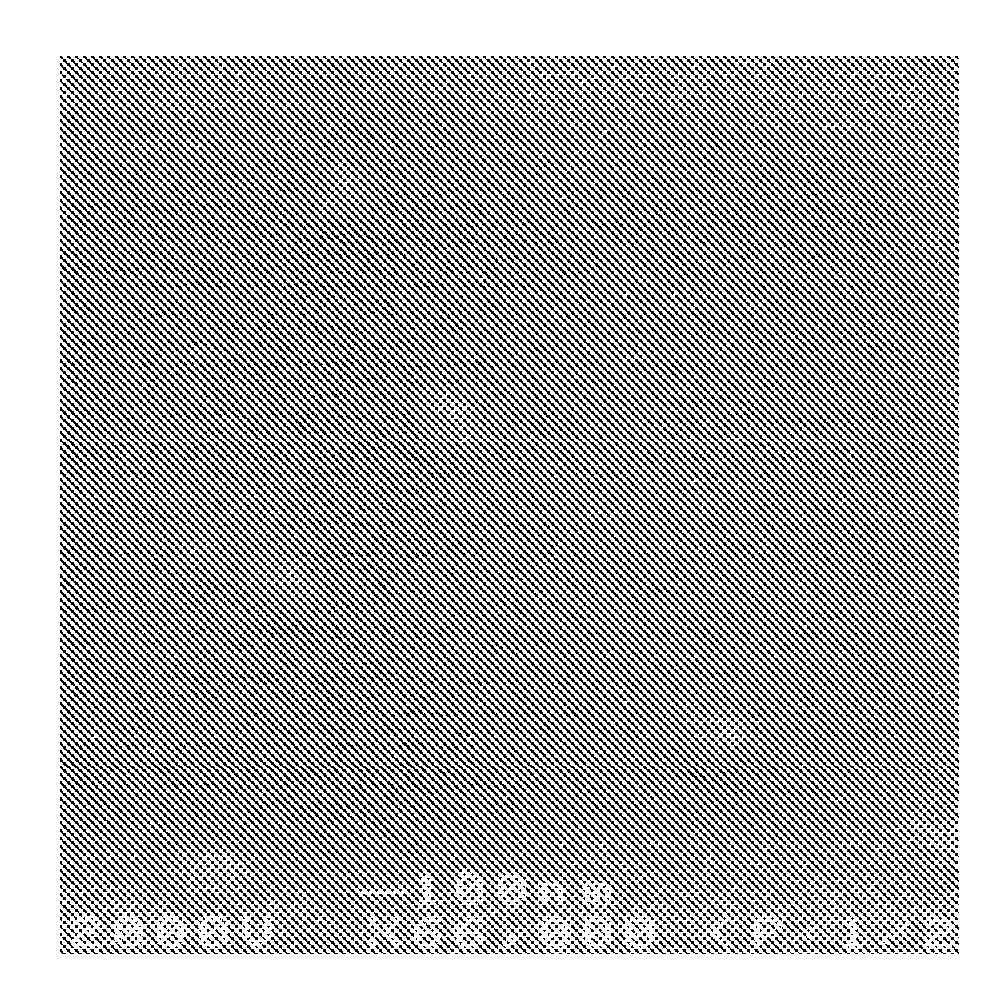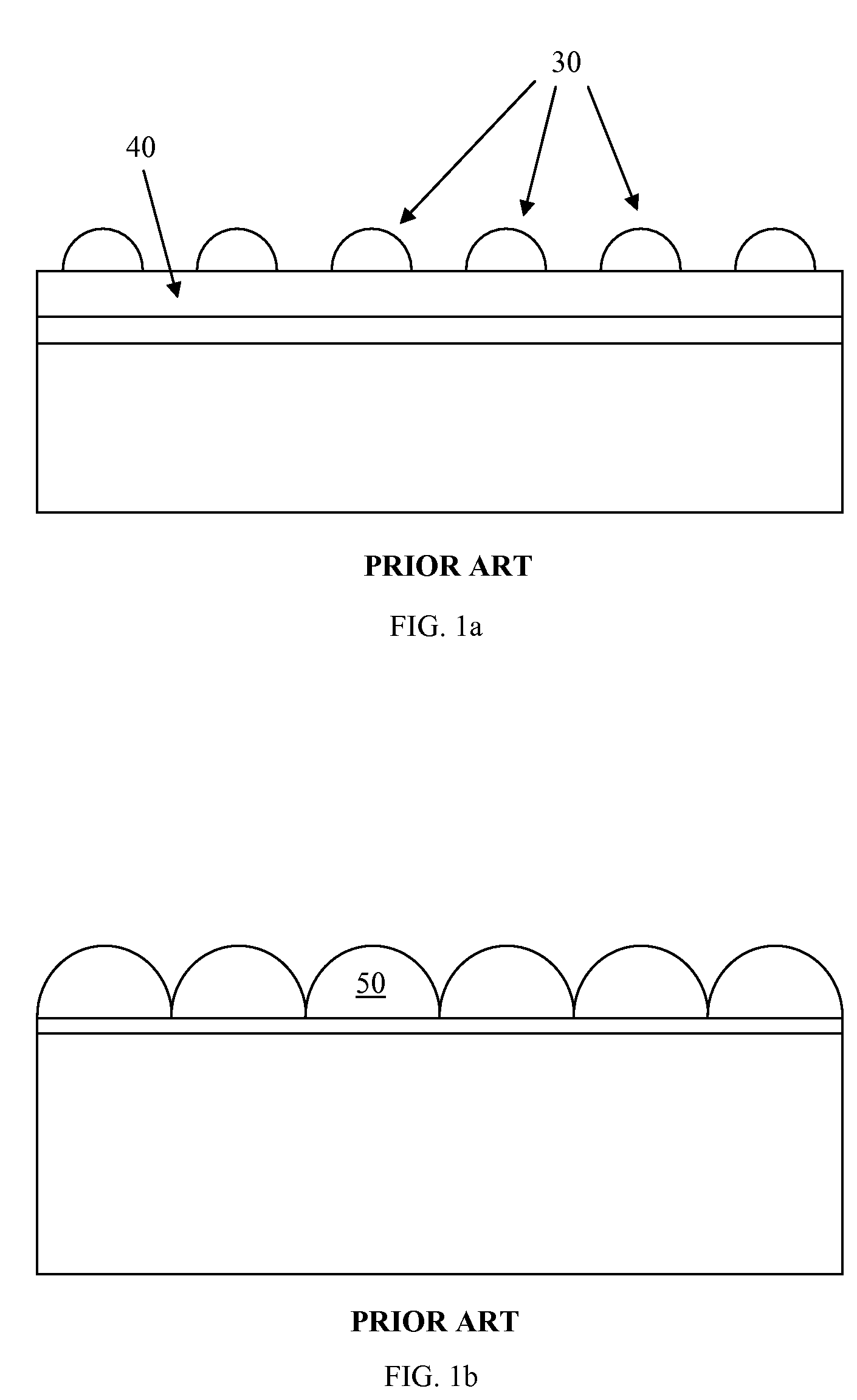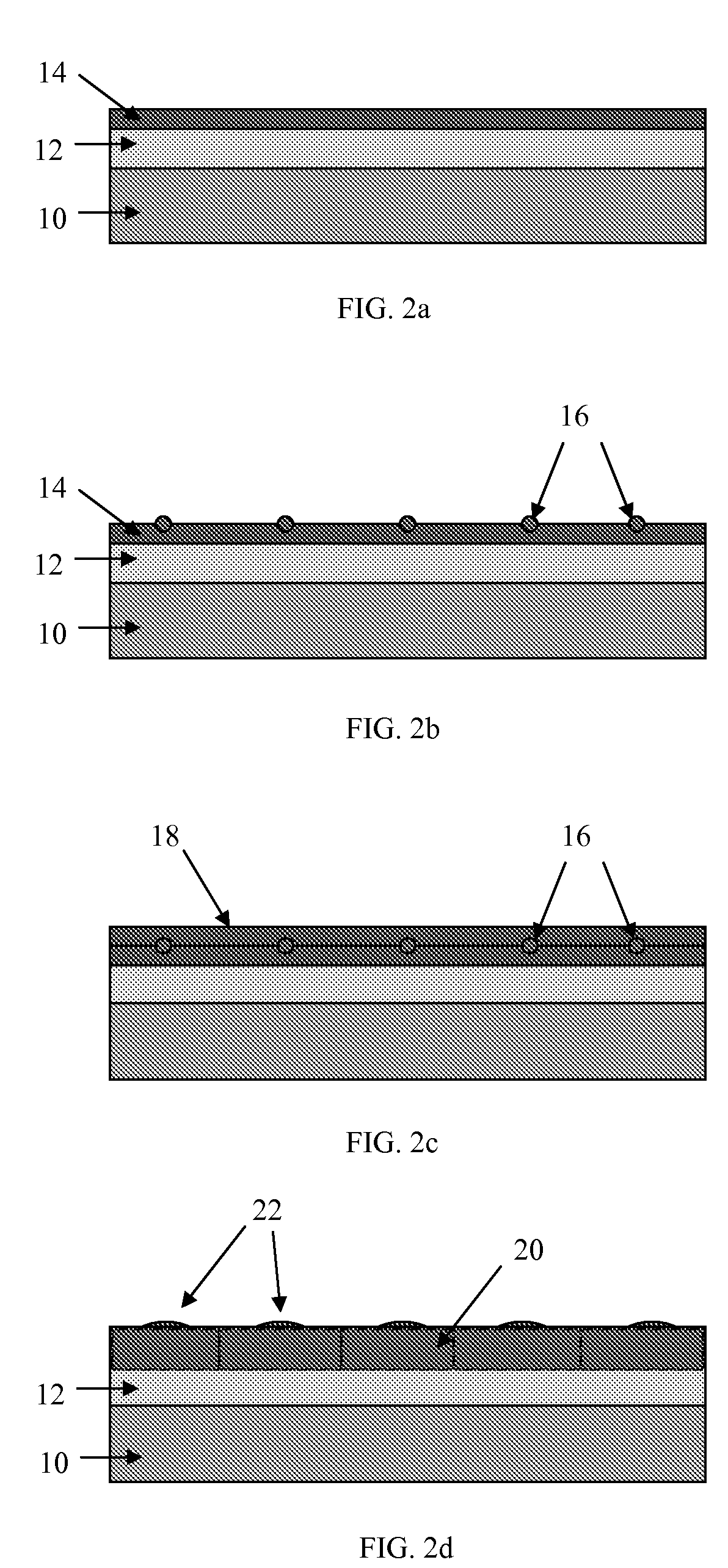Method to form large grain size polysilicon films by nuclei-induced solid phase crystallization
a polysilicon film, solid phase crystallization technology, applied in the growth process of polycrystalline materials, chemically reactive gases, etc., can solve the problems of limiting the use of tfts, the relatively small grain size of polysilicon thin films deposited by the relatively small grain size of polysilicon thin films deposited by such methods as low-pressure chemical vapor deposition and sputtering, so as to
- Summary
- Abstract
- Description
- Claims
- Application Information
AI Technical Summary
Problems solved by technology
Method used
Image
Examples
example
[0041]FIG. 4 is a TEM top view image of a thin film crystallized according to the present invention. The conditions used to create the thin film shown in FIG. 4 will be described in detail.
[0042] Deposition was performed on a silicon wafer. On the silicon wafer was a layer of SiO2. Deposition of the first amorphous layer on the SiO2 was performed in an ASML RVP-300 LPCVD system. 100 percent SiH4 was flowed at 500 sccm, at a temperature of 500 degrees Celsius and a pressure of 700 mTorr for one hour, twenty minutes, and twenty-six seconds, resulting in about 500 angstroms of amorphous silicon.
[0043] Next the flow of SiH4 was stopped. Pressure was increased to 1 Torr and nitrogen was flowed at 120 sccm while the temperature was raised to 580 degrees Celsius.
[0044] The desired temperature of 580 degrees was reached after about 30 minutes. The flow of nitrogen was stopped, the pressure was dropped to 45 mTorr, and SiH4 was flowed at 120 sccm for one minute.
[0045] After one minute, t...
PUM
| Property | Measurement | Unit |
|---|---|---|
| thick | aaaaa | aaaaa |
| grain sizes | aaaaa | aaaaa |
| thick | aaaaa | aaaaa |
Abstract
Description
Claims
Application Information
 Login to View More
Login to View More - R&D
- Intellectual Property
- Life Sciences
- Materials
- Tech Scout
- Unparalleled Data Quality
- Higher Quality Content
- 60% Fewer Hallucinations
Browse by: Latest US Patents, China's latest patents, Technical Efficacy Thesaurus, Application Domain, Technology Topic, Popular Technical Reports.
© 2025 PatSnap. All rights reserved.Legal|Privacy policy|Modern Slavery Act Transparency Statement|Sitemap|About US| Contact US: help@patsnap.com



